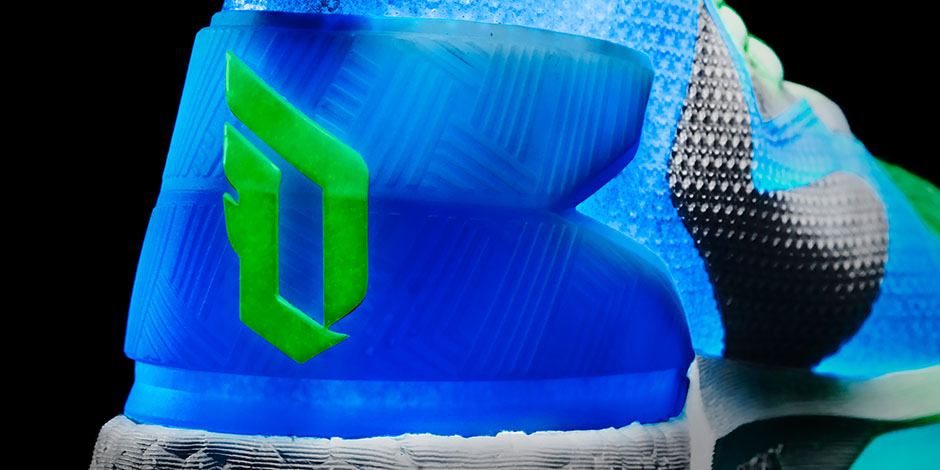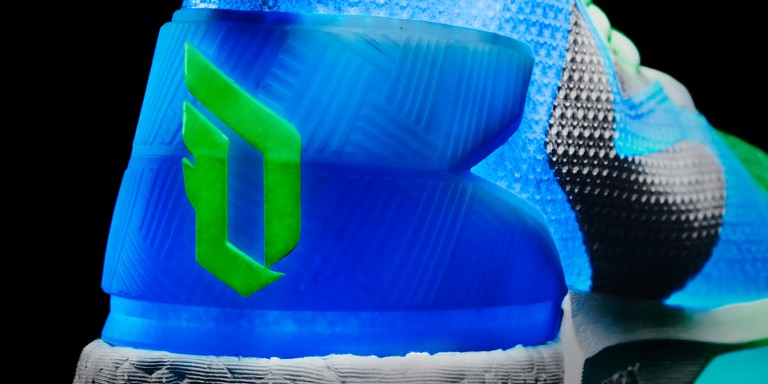

Slip on a pair of these sock booties (which are becoming a huge trend!) with microglitter for a more subtle holiday look.

Wear this glittery front-tie blush sweater with your trusty black jeans. I incorporated a little metallic shine into all these pieces to represent the north and south poles of the Earth attracting the plasma particles. This look is sweet and casual – perfect for attending that Secret Santa with all your family members you haven’t seen in a while. Products: Sweater – Zara | Pants – ASOS | Boots – H&M | Hair Bow – Forever 21 | Phone Case – ASOS (Similar here) So, what are we waiting for? Let’s move onto the outfits! Magnetic Metallics I’ve put together a holiday party look for every type of party you may be attending, and they’re all based on the science of the northern lights. The best time to view them is in winter, so keep an eye out if you’re traveling to these locations over winter break!

There are southern lights, known as aurora australis (recall because the South Pole attracts particles, too), but it conditions are harder. The aurora borealis occurs in the north near Alaska and Canada in North America, or Norway, Sweden, and Finland in Scandinavia. Oxygen usually produces yellow and green, and nitrogen produces red and violet. And there you have it: aurora borealis – explained!

As they get excited, they will release different amounts of energy to the atmosphere, thus creating an array of different colors in the sky. “Air” is just a mixture of mainly nitrogen and oxygen particles, and these have different energies stored in their bonds. Now, this energy has a wavelength, and that wavelength may be in the visible light spectrum (as I explained in my previous Science and Style article). Excited electrons must drop back to their resting state – just like you need to just chill with some Netflix after a big party – so they release their excess energy to the surroundings. When the plasma electron collides with electrons in the atmosphere, energy is transferred to the Earth’s electrons, which get excited to higher energy states. Then, these electrons in these plasma particles collide with the air in the upper atmosphere, hitting oxygen, nitrogen, and other molecules in the air. However, some of the particles can pass through the magnetosphere and are drawn towards the north and south poles (because Earth is basically a big magnet spinning around on its axis). what sounds like Marvel’s next big superhero power). These particles can travel super far and reach Earth, whose magnetic field acts like a force field to deflect all these random chunks of star stuff and radiation. It contains many swirling sunspots and solar storms that occasionally hurl plasma particles, termed solar wind (a.k.a. It actually all starts far away on our favorite star, the Sun.


 0 kommentar(er)
0 kommentar(er)
